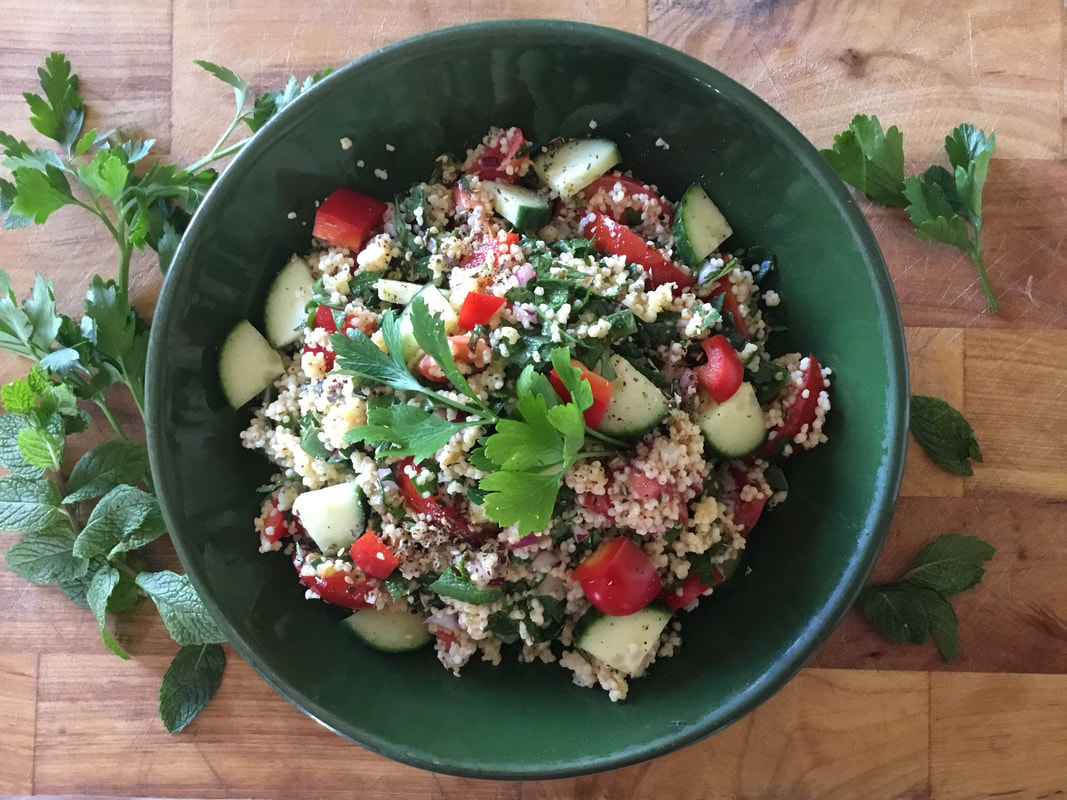|
A customer recently popped in to get ingredients for making English muffins, and asked what they were traditionally dusted with. I admitted that I hadn't a clue, and advised, with not much conviction, to try semolina.
I realised that not only had I never made English muffins from scratch, I'd never even thought of doing so. Yet suddenly it was at the top of my to-do list. That evening I consulted the great Google and learnt that yes, English muffins are dusted with semolina. However, many recipes called for polenta, regular flour, corn meal or farina cereal. Just to confuse things further, all of these online sources were adamant that theirs was the only proper English way. As it so happened, I had both semolina and cornmeal in my pantry, so I decided to make a batch right away, dusting half with semolina and half with corn meal. The results were basically identical, although I do like the speckled golden edge of the corn meal ones best. Flavour-wise, there was nothing in it. So here it is, our English muffin recipe, cobbled together from the knowledge I gleaned online from two British bakers plus the results of my own tinkering about. I was delighted by both how easy they were to make, and how deliciously authentic they tasted. They're truly delicious with both savoury and sweet toppings. We enjoyed a freshly made one with jam, then froze the rest before toasting them two days later as the base for a delicious Eggs Benedict.
0 Comments
While tabbouleh traditionally uses cracked wheat (called bourgal or bulgar), ours calls for millet. This not only makes it gluten free, it really shows off millet's capabilities of absorbing flavours beautifully whilst staying fluffy and light. This is an important factor, because so often Sydney summers mean that our salads don't maintain their vibrancy after half an hour spent on the picnic rug or BBQ buffet. Not so with millet tabbouleh; it maintains that freshly made quality for longer.
You'll also notice this Tabbouleh recipe asks for za'atar. It's by no means a traditional Tabbouleh ingredient, but I find it really lifts the whole thing and delivers depth and interest. So come on a little millet adventure with us. When cooking queries regarding millet were recently brought up by two separate customers on the same day, we thought it might be a sign to serve our customers up a millet recipe. Or maybe even two!
Millet porridge is a common breakfast in several countries. It's also used as a high protein, nutritious alternative to rice, pearl barley and couscous. One of the conversations we had with a customer was about how to properly cook millet porridge. Some people find that the end result is a little firm, even after cooking thoroughly. After some trial and error, I think I've cracked the code. Huddle up: There are two methods that give you a satisfyingly creamy porridge, albeit with differing textures. The first method involves leaving the millet grains whole, but soaking them overnight before then cooking them for about 20 to 30 mins. It's basically the same method I use for steel cut oats, and the result is similar- a robust bowl of goodness. The second method is quicker and gives you a smoother, silkier porridge. You simply put the raw millet grains in a food processor, blender or coffee grinder and whiz it until the grains are much finer - about halfway to being a flour. Then you cook it in milk and water for 15 minutes. This is my preferred method, and the one I use below, but you might find you prefer the whole grain version. |
Categories
All
Archives
January 2024
|




 RSS Feed
RSS Feed